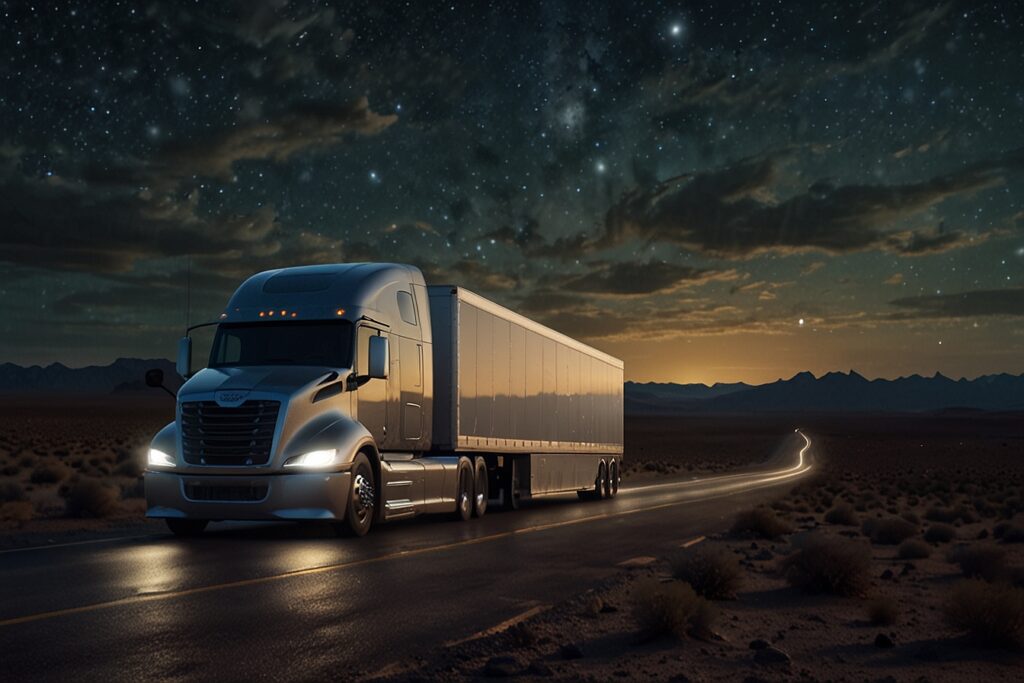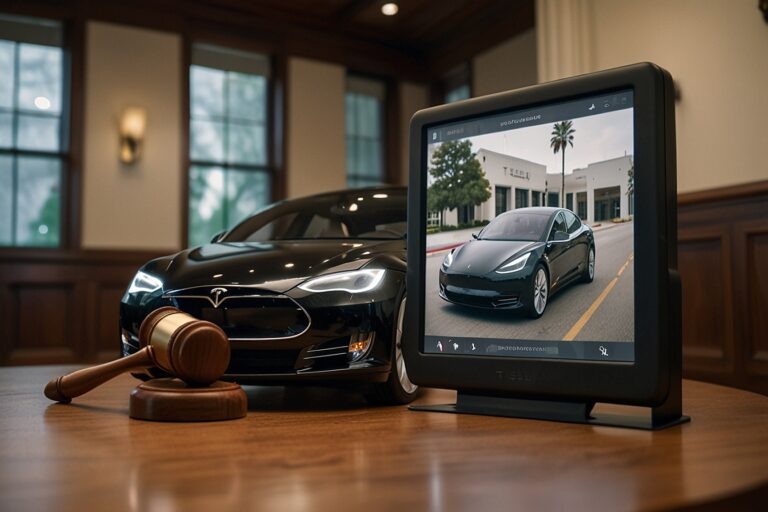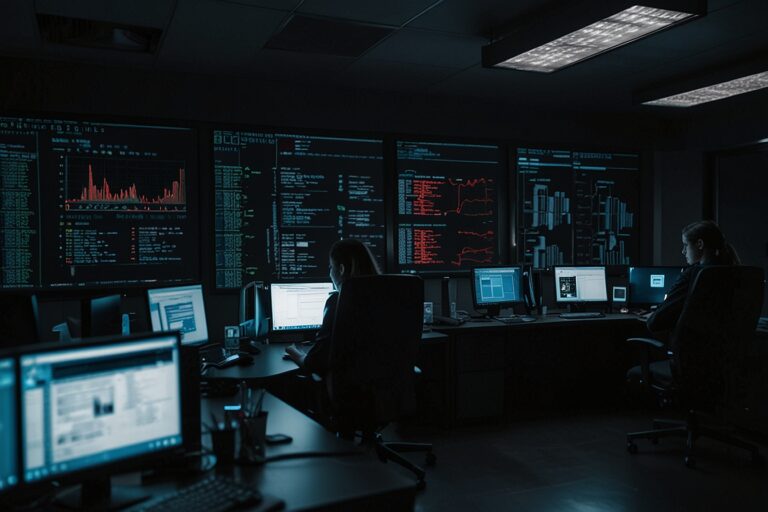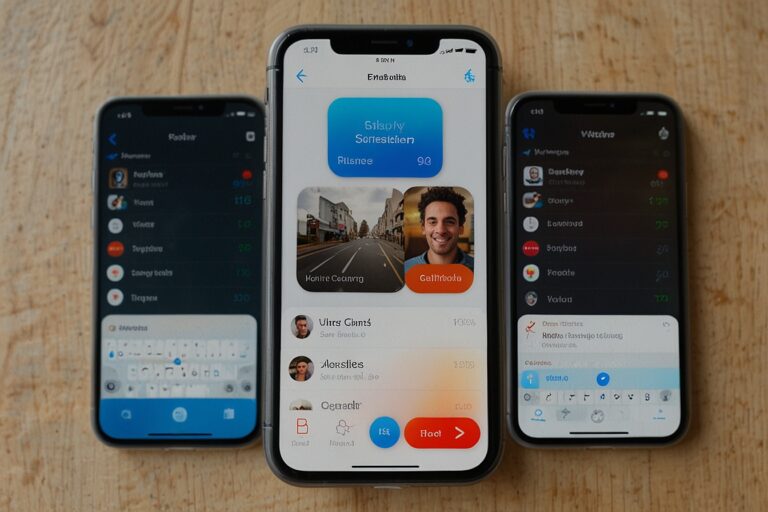
TL;DR
- Aurora’s driverless trucks are now operating commercially at night, primarily between Dallas and Houston.
- Night driving unlocks longer freight hauls, helping bypass federal limits on human drivers.
- Aurora’s long-range lidar tech allows safe night operation, detecting obstacles over 450 meters away.
- The next hurdle is rain, which the company is currently validating for real-world performance.
- Aurora aims for fleet expansion and full-weather capability by year-end, with profitability still distant.
Aurora’s Sunbelt Strategy Takes Shape
Over the next year, Aurora Innovation CEO Chris Urmson plans to “unlock” the Sunbelt — a southern freight corridor where the company’s autonomous trucks will serve commercial partners like Uber Freight and Hirschbach Motor Lines.
Following the spring launch of its driverless commercial truck service, Aurora now has three autonomous trucks in operation between Dallas and Houston, covering over 20,000 miles without a driver actively controlling the vehicle. Each truck includes a human “observer” in the cab, not for intervention, but to monitor performance.
Terminals and Expansion Across the Southwest
Aurora has opened a new terminal in Phoenix, strengthening its Sunbelt route infrastructure. The company is running 15-hour pilot hauls from Fort Worth to Phoenix for clients like Werner Enterprises and Hirschbach.
Its terminals — strategically located near highways — test the trucks’ capabilities to navigate exits and local roads, marking a critical step beyond highway-only autonomy.
Night Driving: A Competitive Edge
Aurora’s ability to operate at night marks a key differentiator. According to the company’s Q2 shareholder letter, nighttime driving enables:
- Longer delivery routes
- Avoidance of federal service hour limits for human drivers (11 hours max)
- Potential coast-to-coast routes like Miami to California
CEO Urmson explained to TechCrunch that a 600-mile range is ideal — a stretch that challenges traditional truckers but is manageable for autonomous systems.
Lidar at the Heart of the System
Aurora credits its long-range lidar system for enabling night driving. The proprietary technology can detect pedestrians, vehicles, and debris up to 450 meters away, giving the truck 11 seconds of reaction time, a significant advantage over human drivers.
Aurora’s lidar capability is the result of strategic acquisitions:
| Lidar Company Acquired | Acquisition Year | Strategic Value |
| Blackmore | 2019 | Doppler-based long-range lidar |
| OURS Technology | 2021 | Solid-state lidar innovation |
Weather Is the Next Major Milestone
The biggest challenge ahead? Rain. Aurora aims to validate rain-driving capability by year-end 2025.
“If you can’t drive through the rain, it’s hard to support long operations,” Urmson told TechCrunch.
While Aurora’s development fleet already drives in the rain, the company has yet to complete full validation. Until then, commercial vehicles on the Dallas–Houston route will autonomously pull over when rain is detected and await manual retrieval.
Scaling in 2026 and Beyond
Aurora’s 2025 roadmap includes:
- Operating day, night, and in rain across the Sunbelt
- Growing to “tens of trucks” on public roads by year-end
- Reaching “hundreds” of driverless trucks by end of 2026
But all this hinges on improving cost-efficiency. Aurora reported just $1 million in Q2 revenue, alongside a net loss of $201 million, as per regulatory filings.
Final Word
Aurora’s progress shows promise. Its ability to handle longer night hauls offers a clear economic edge. If it can crack the rain challenge, its goal of coast-to-coast autonomous trucking could become viable sooner than many expect.
But reaching profitability — and scaling sustainably — will require more than lidar and long hours. Infrastructure, regulation, and revenue models must also mature.
🧠 Data Snapshot
| Metric | Value |
| Commercial Driverless Miles | 20,000+ |
| Nighttime Operation Validated | ✅ |
| Rain Operation Validated | ❌ (In progress) |
| Q2 Revenue | $1 million |
| Q2 Net Loss | $201 million |






